- Home
- Articles
- Architectural Portfolio
- Architectral Presentation
- Inspirational Stories
- Architecture News
- Visualization
- BIM Industry
- Facade Design
- Parametric Design
- Career
- Landscape Architecture
- Construction
- Artificial Intelligence
- Sketching
- Design Softwares
- Diagrams
- Writing
- Architectural Tips
- Sustainability
- Courses
- Concept
- Technology
- History & Heritage
- Future of Architecture
- Guides & How-To
- Art & Culture
- Projects
- Interior Design
- Competitions
- Jobs
- Store
- Tools
- More
- Home
- Articles
- Architectural Portfolio
- Architectral Presentation
- Inspirational Stories
- Architecture News
- Visualization
- BIM Industry
- Facade Design
- Parametric Design
- Career
- Landscape Architecture
- Construction
- Artificial Intelligence
- Sketching
- Design Softwares
- Diagrams
- Writing
- Architectural Tips
- Sustainability
- Courses
- Concept
- Technology
- History & Heritage
- Future of Architecture
- Guides & How-To
- Art & Culture
- Projects
- Interior Design
- Competitions
- Jobs
- Store
- Tools
- More
Flexible And Replicable Housing by Daniel Esteban Garay Medina
The research has provided a deep understanding of the issues and potentialities of the municipality of Montecristo, Bolívar. The initial analysis, complemented by field visits and written and photographic documentation, provided a comprehensive understanding of the context, covering both its cultural and water resources richness as well as the socio-economic challenges it faces.

The research has provided a deep understanding of the issues and potentialities of the municipality of Montecristo, Bolívar. The initial analysis, complemented by field visits and written and photographic documentation, provided a comprehensive understanding of the context, covering both its cultural and water resources richness as well as the socio-economic challenges it faces. Although Montecristo is rich in natural resources, it suffers from economic and social limitations that prevent it from fully harnessing its potential. It faces serious social problems, such as conflicts with armed groups, and the precarious condition of many of its homes, which lack basic services.

Furthermore, pollution in the local creek highlights the need for more effective environmental management. Based on this context, the architectural proposal developed is grounded in an integrated strategy that responds to these needs and contributes to improving the quality of life in the municipality. The solution proposed not only addresses habitability from a technical and urban perspective but also prioritizes community work and selfsufficiency through the use of local resources, such as wood.

This choice aligns with the lack of access to large material suppliers and strengthens the community’s economy and cohesion. Additionally, the project incorporates bioclimatic architecture principles, ensuring that the buildings are self-sustaining and provide thermal comfort by taking advantage of natural resources. This approach proposes a development model that will not only impact current inhabitants but also attract new populations and energize the local economy.

This proposal aspires to establish a benchmark for sustainable architecture in Montecristo, demonstrating that with the right approach, it is possible to transform challenges into opportunities for community progress and the strengthening of its cultural and economic identity.

The transformative role of architecture is also highlighted when used as a tool for social and environmental development. Implementing a construction based on local materials like wood not only reduces dependency on external suppliers but also fosters a sense of belonging and community participation. The joint effort of the inhabitants in building their own spaces, in addition to providing them with construction skills, strengthens social cohesion and promotes a circular economy that directly benefits the municipality.
This strategy addresses current economic limitations while preserving Montecristo’s cultural identity, achieving a balance between housing needs and environmental sustainability. The joint effort of the inhabitants in building their own spaces, in addition to providing them with construction skills, strengthens social cohesion and promotes a circular economy that directly benefits the municipality.
illustrarch is your daily dose of architecture. Leading community designed for all lovers of illustration and #drawing.
Submit your architectural projects
Follow these steps for submission your project. Submission FormLatest Posts
Between the Playful and the Vintage, Studio KP Arquitetura Transforms a Creative Multifunctional Space
Beyond its aesthetic and symbolic appeal, the project integrates technological solutions for...
An Experimental Renewal of Mountain Architecture: Valley Homestay in Linggen Village
In Zhejiang’s Linggen Village, a forgotten mountain building has been reimagined into...
James Baldwin Media Library and Refugee House by associer
In Paris’s 19th arrondissement, Atelier Associer has reimagined a 1970s secondary school...
43m² Apartment Innovates by Dividing Spaces Without Losing a Sense of Openness
Located in Pinheiros (São Paulo), the project by Zalc Arquitetura relies on...






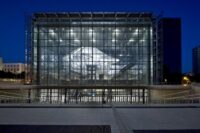

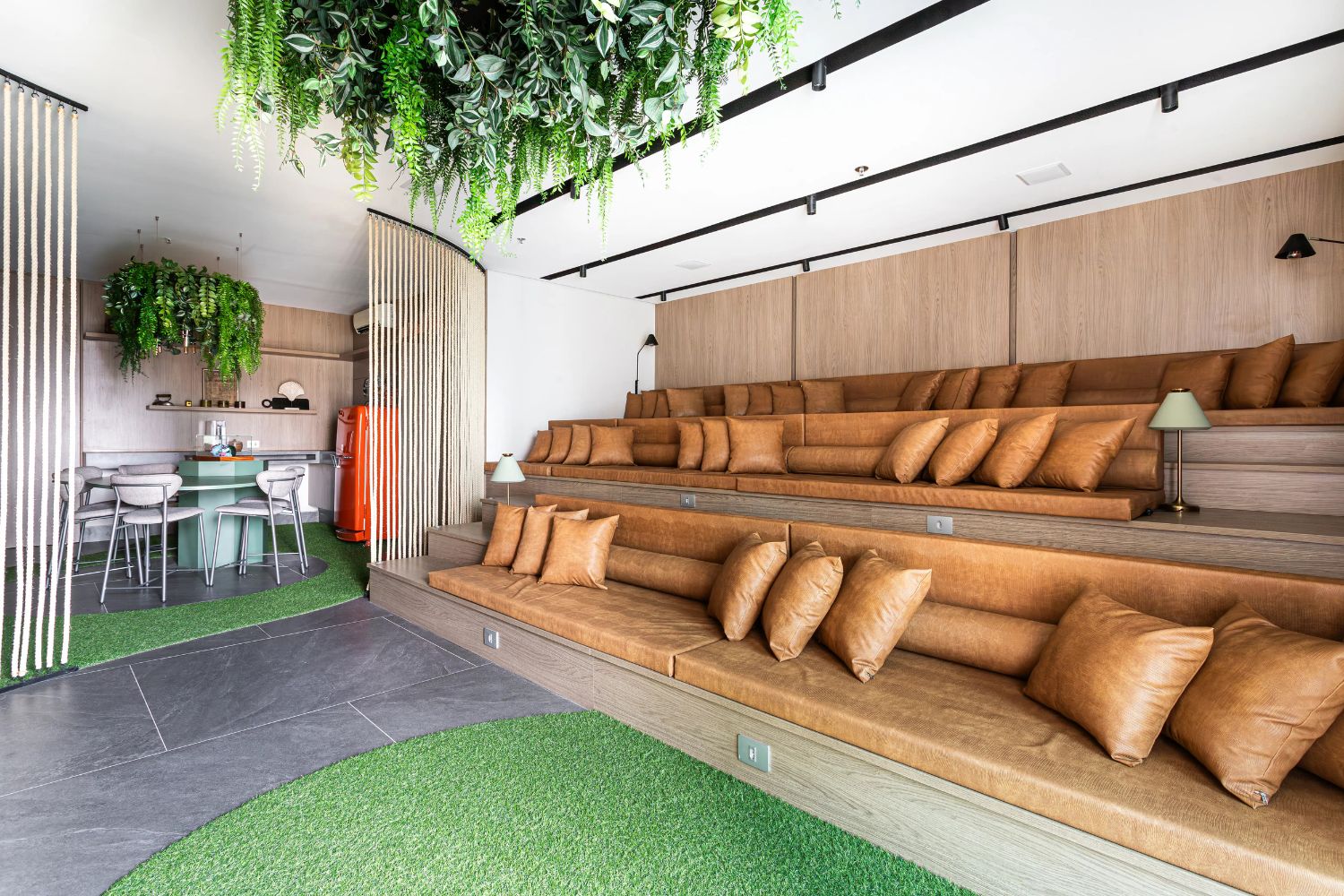
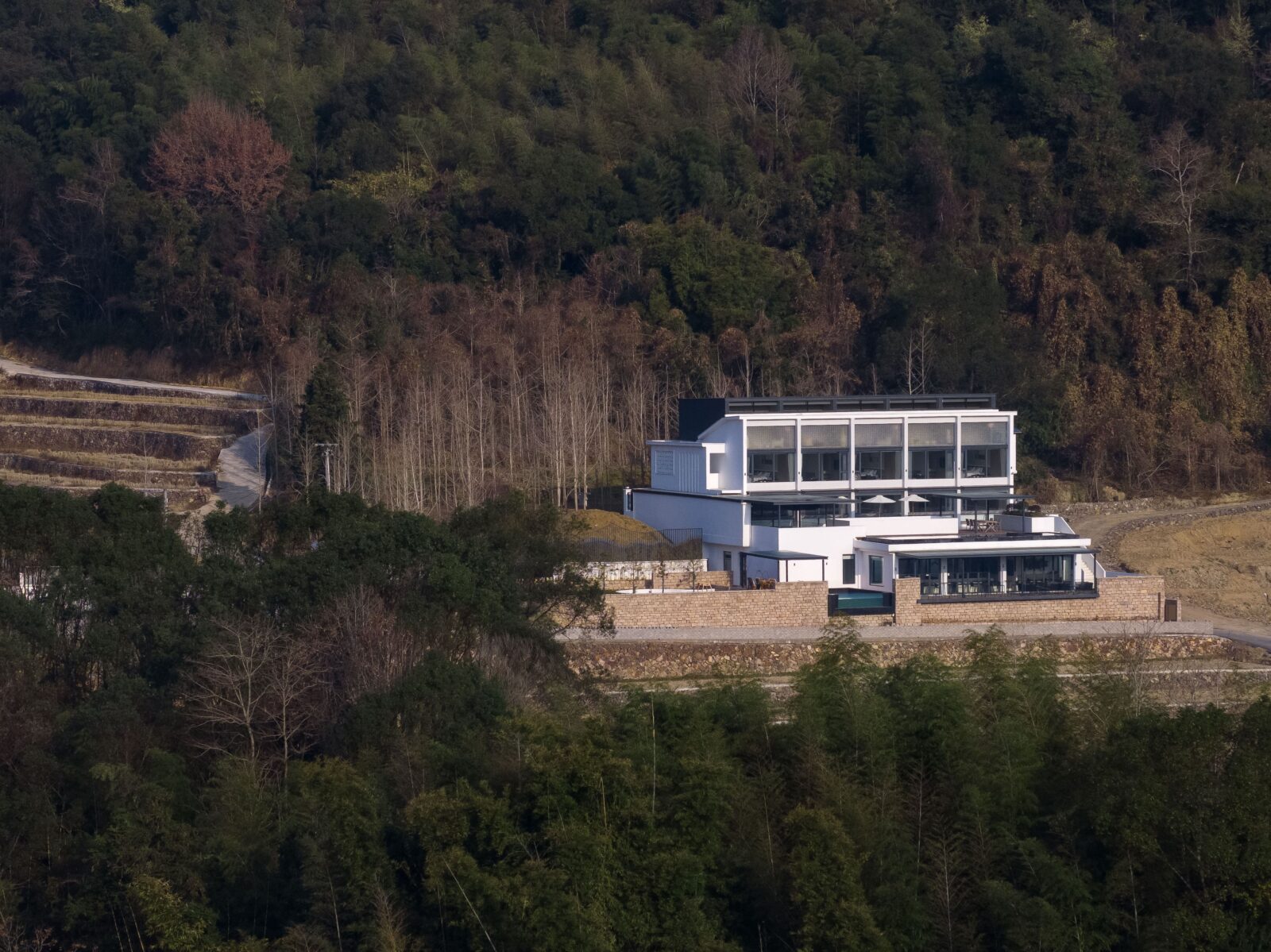
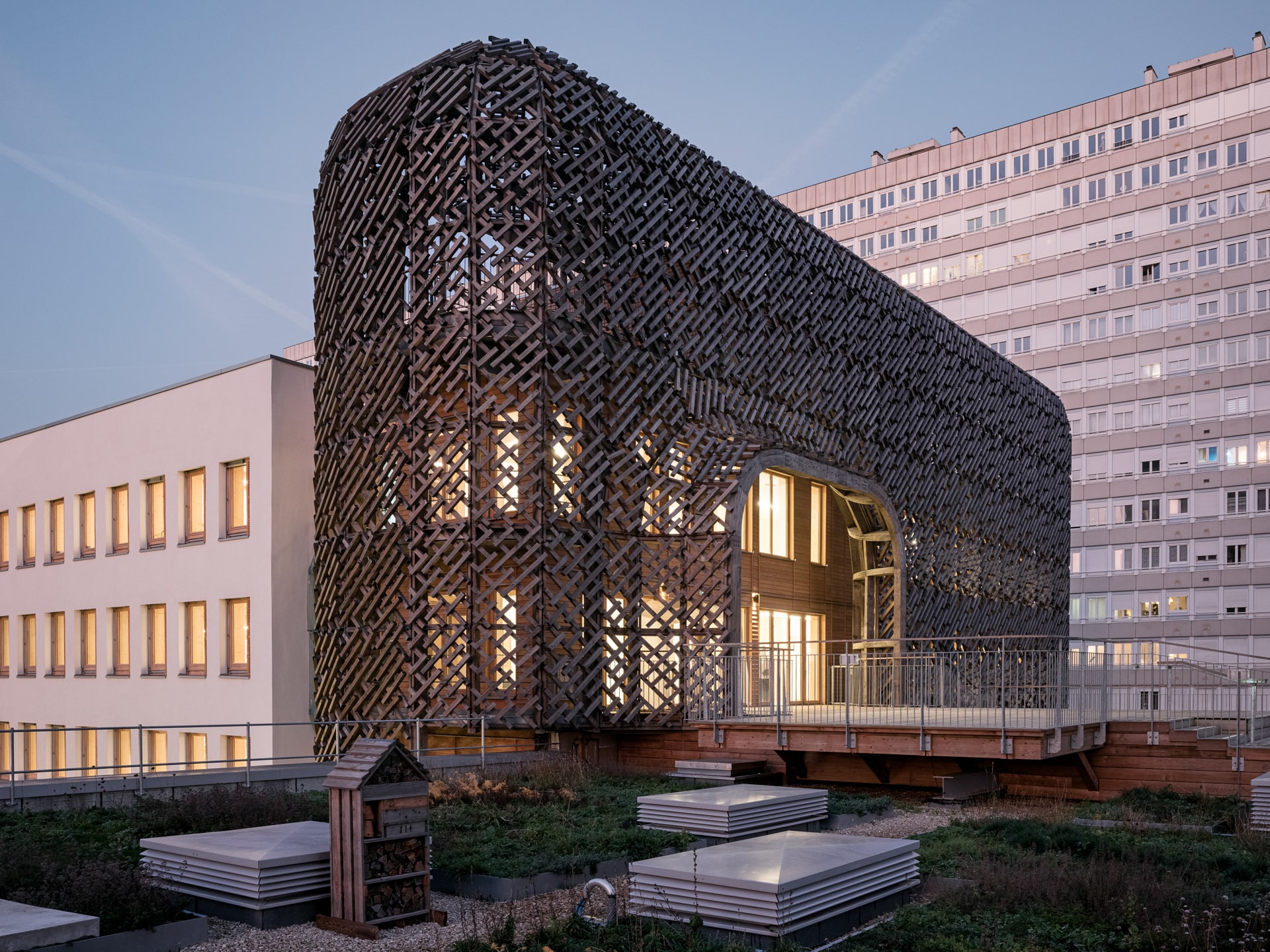
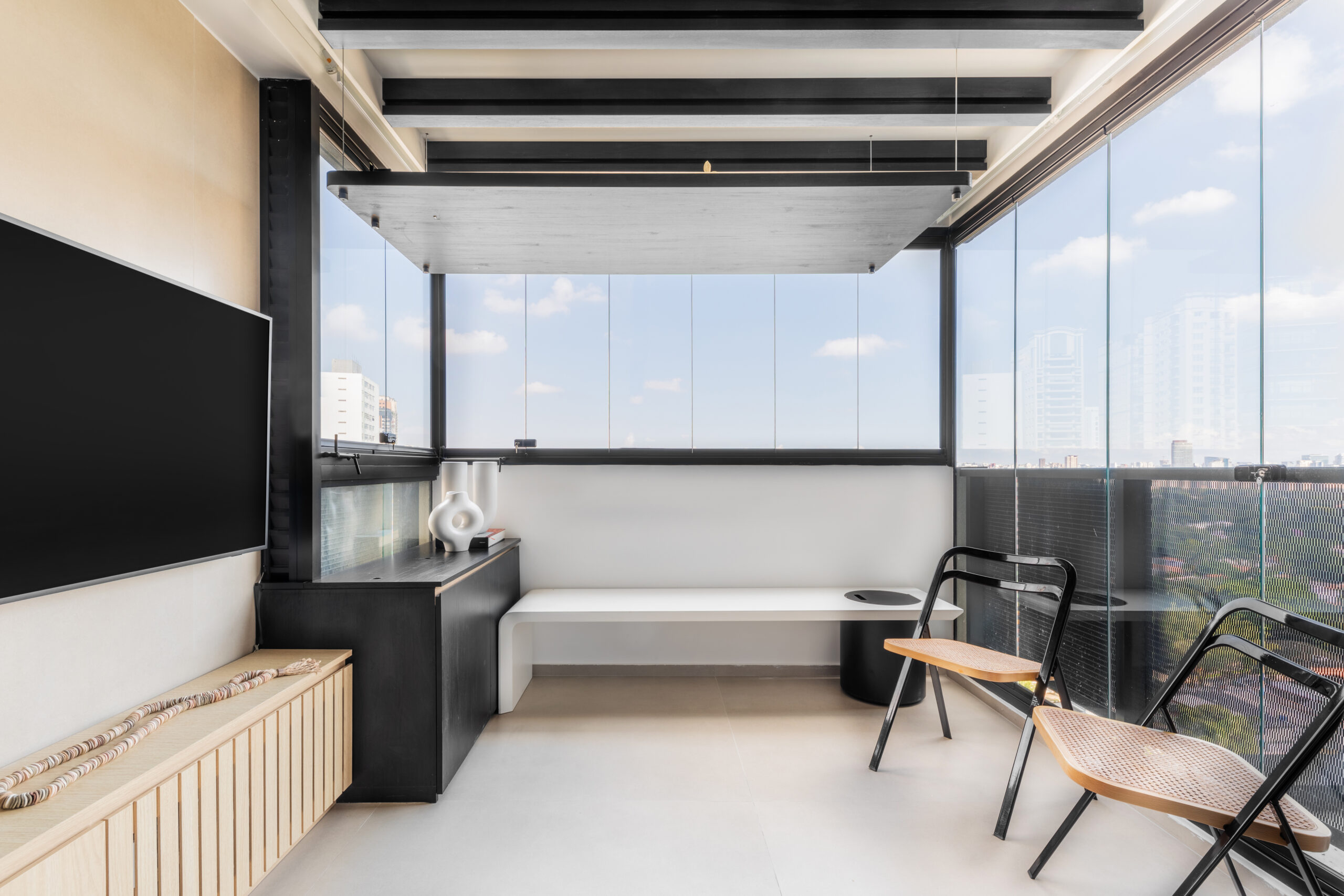
Leave a comment